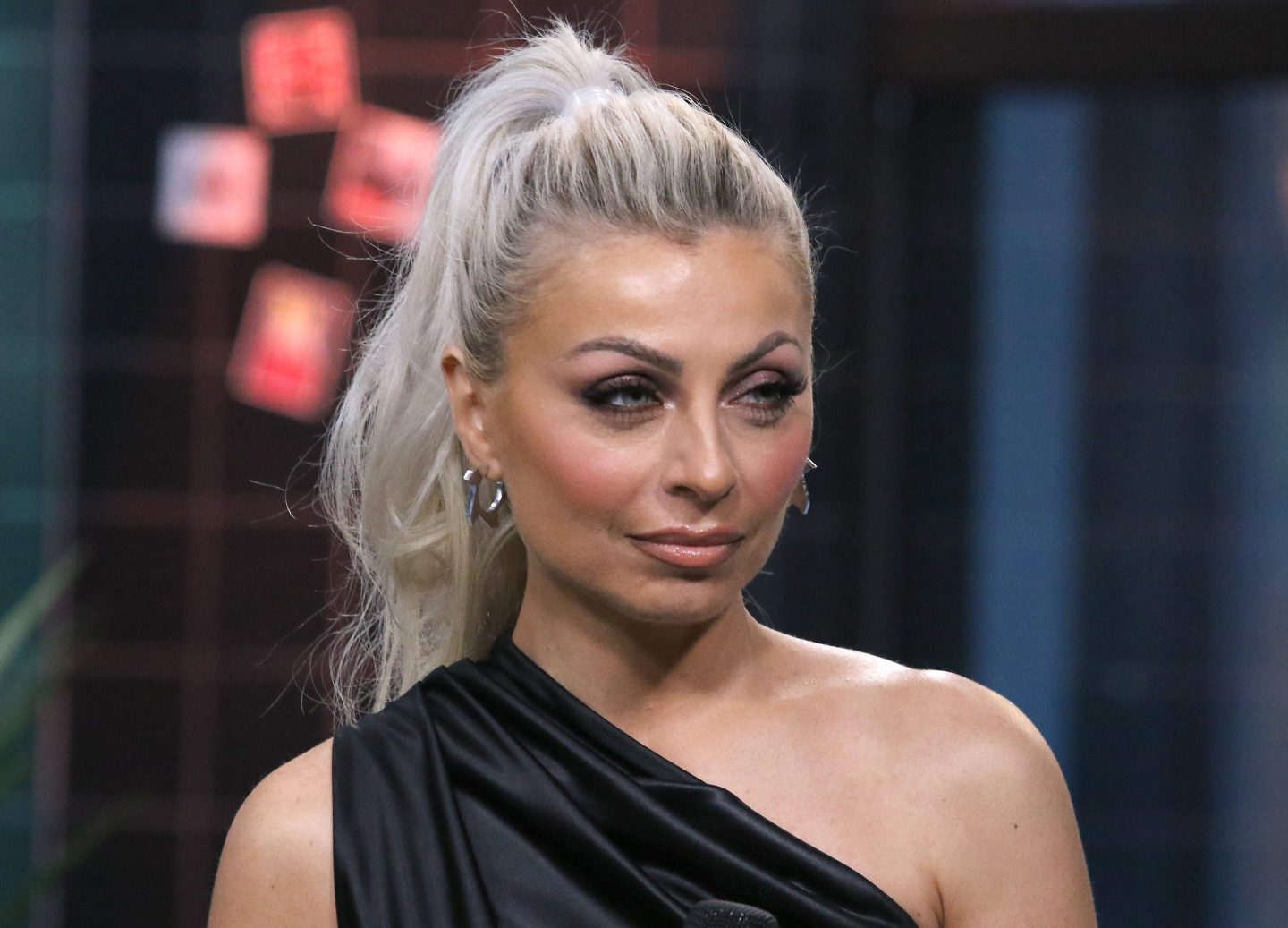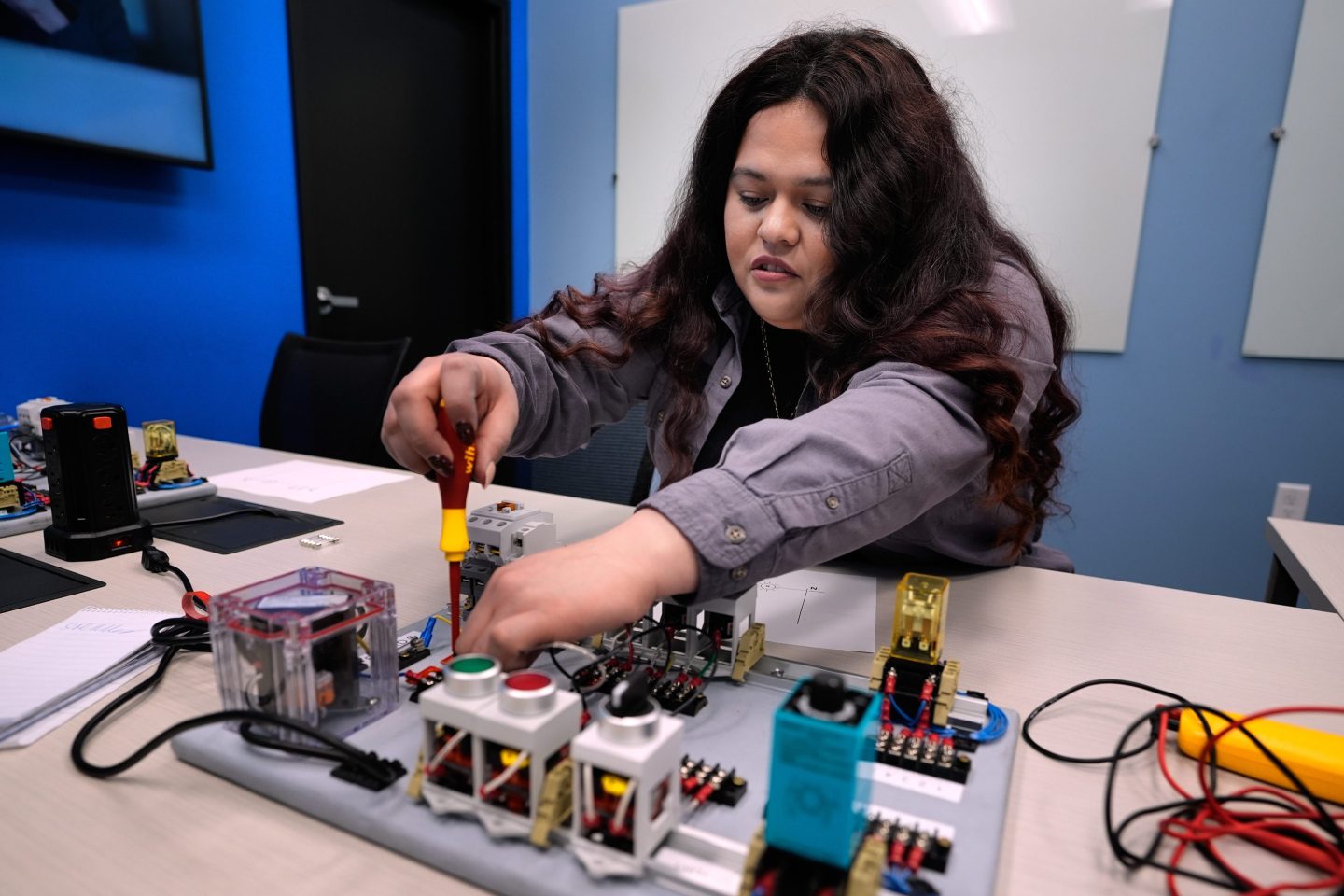The late Jane Goodall forever changed how the world understands chimpanzees—and how it thinks about conservation itself. Her career, which took her to jungles, lecture halls, and world stages, is also a story of breaking barriers and persistence: transforming an initial lack of college degree and experience into a legacy as one of science’s most iconic advocates.
As a child in war-battled England, Goodall dreamed of Africa—living among live animals and writing books about them. But at the time, such ambitions weren’t seen as realistic for women, who were instead steered toward housework or low-wage clerical jobs.
“Going to Africa, living with animals, that’s all I ever thought about,” Goodall said in the 2017 biographical documentary film, Jane.
“We were by no means a wealthy family, so university wasn’t an option. But I still wanted to work with animals in some far off place. I got a job as a waitress, I saved my wages and my tips, every penny I could to get me to Africa.”
By age 23, Goodall made it to Kenya, where a chance meeting with renowned paleontologist Louis Leakey changed everything. Leakey hired her as a secretary at Nairobi’s National Museum but soon offered her something far more daring: to study chimpanzees in Tanzania. He believed her curiosity, patience, and passion overshadowed the fact she had no formal degree or experience.
“He took me despite my lack of academic credentials—or even because of them as he wanted someone with a mind uncluttered by the reductionist scientific thinking of the time,” Goodall wrote in a Time piece in 2018.
Her work in Gombe Stream National Park would define primatology for generations to come. And while she entered science without a degree, Cambridge University accepted her directly into its PhD program, making her one of the few ever to do so without an existing degree.
Goodall’s never-fledging persistence in the field: ‘I never had any thought of quitting’
Before her groundbreaking discoveries made headlines around the world, Goodall endured long, discouraging stretches in the field. Days would go by without seeing a single chimp—and most of the time, they would run off as soon as she got close. But even as money for the expedition began to dry up, she remained committed.
“As I am not a defeatist, it only made my determination to succeed stronger,” she said in Jane. “I never had any thought of quitting. I should forever have lost all self-respect if I had given up.”
Her persistence paid off. In 1960, she became the first to observe primates stripping leaves from sticks to collect termites —a tool-using skill long considered uniquely human. She also documented groundbreaking social bonds and evidence of the emotional lives of chimpanzees.

The work was not without setbacks: a polio outbreak ravaged the Gombe chimps and violent conflicts within the groups she studied sometimes left her shaken. But in those tough moments, she leaned on the advice of her mother, who had even joined her in Africa in the early weeks:
“You’ll have to work hard, take advantage of opportunities and never give up,” Goodall recalled her saying.
Goodall’s blurring of work and life: ‘What is a weekend?’
For Goodall, there was little dividing between work and life. She married Dutch wildlife photographer Baron Hugo van Lawick and together they raised their son, Hugo Eric—nicknamed “Grub”—among the very chimpanzees she was studying.
Even as her family grew, Goodall remained devoted to science, and later, advocacy. She spent much of her life on the road—nearly 300 days of the year in later decades—delivering lectures, meeting with policymakers, and inspiring generations to see conservation as a moral imperative.
“The only time that I’m not working is when I am at home. I spend the evening with my sister and my family, and I take whatever dog is there on a walk,” she wrote in The Cut in 2017. “I’ve got no time for hobbies. What is a weekend? It doesn’t exist. What is a holiday? It doesn’t exist.”
Goodall passed away on October 1 in California while on yet another speaking tour, still dedicated to her message. The description for her scheduled talk at UCLA put it simply:
“Jane inspires greater understanding and action on behalf of the natural world. Jane inspires hope.”











